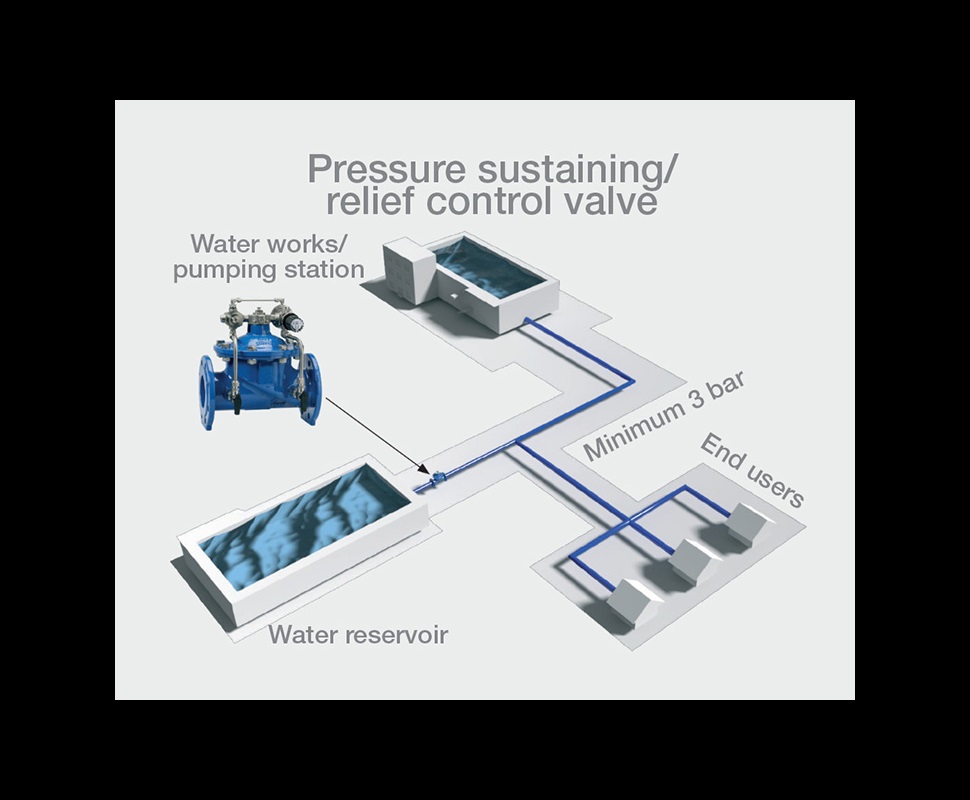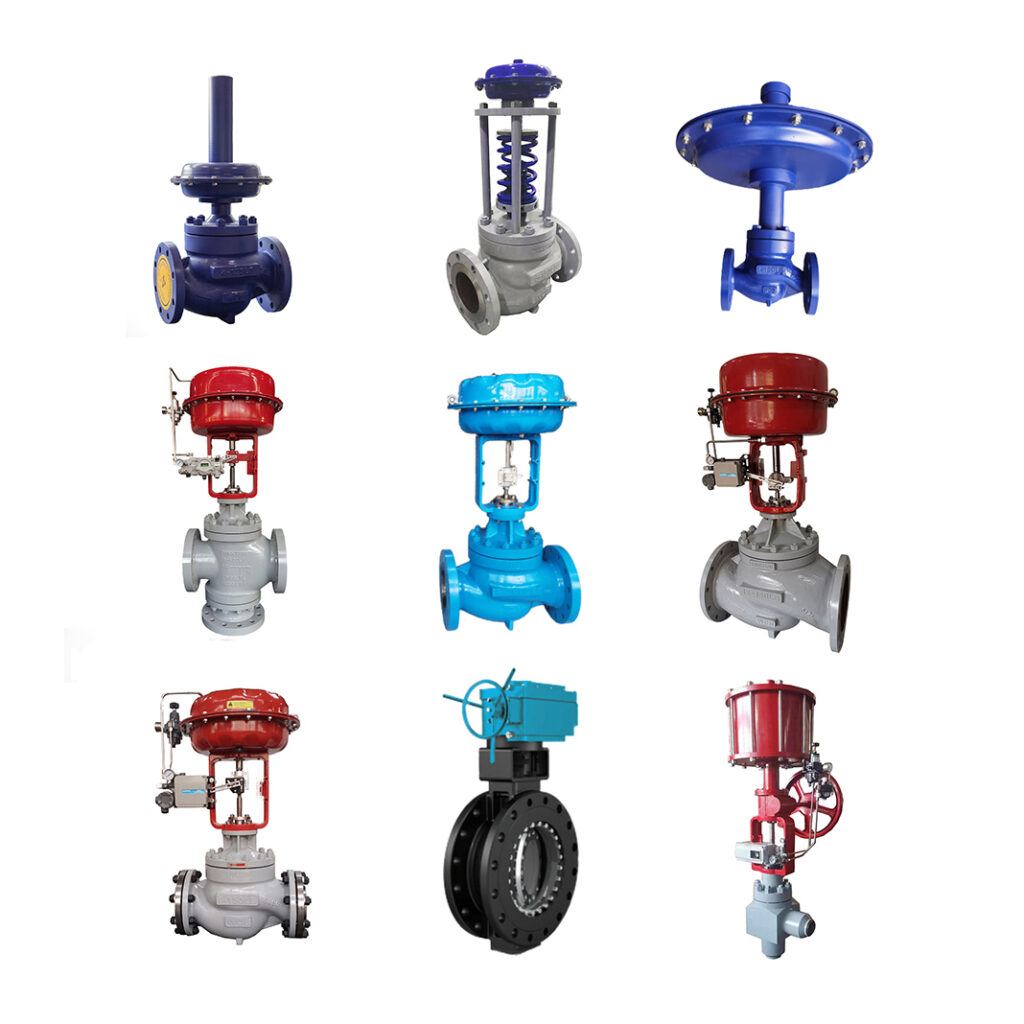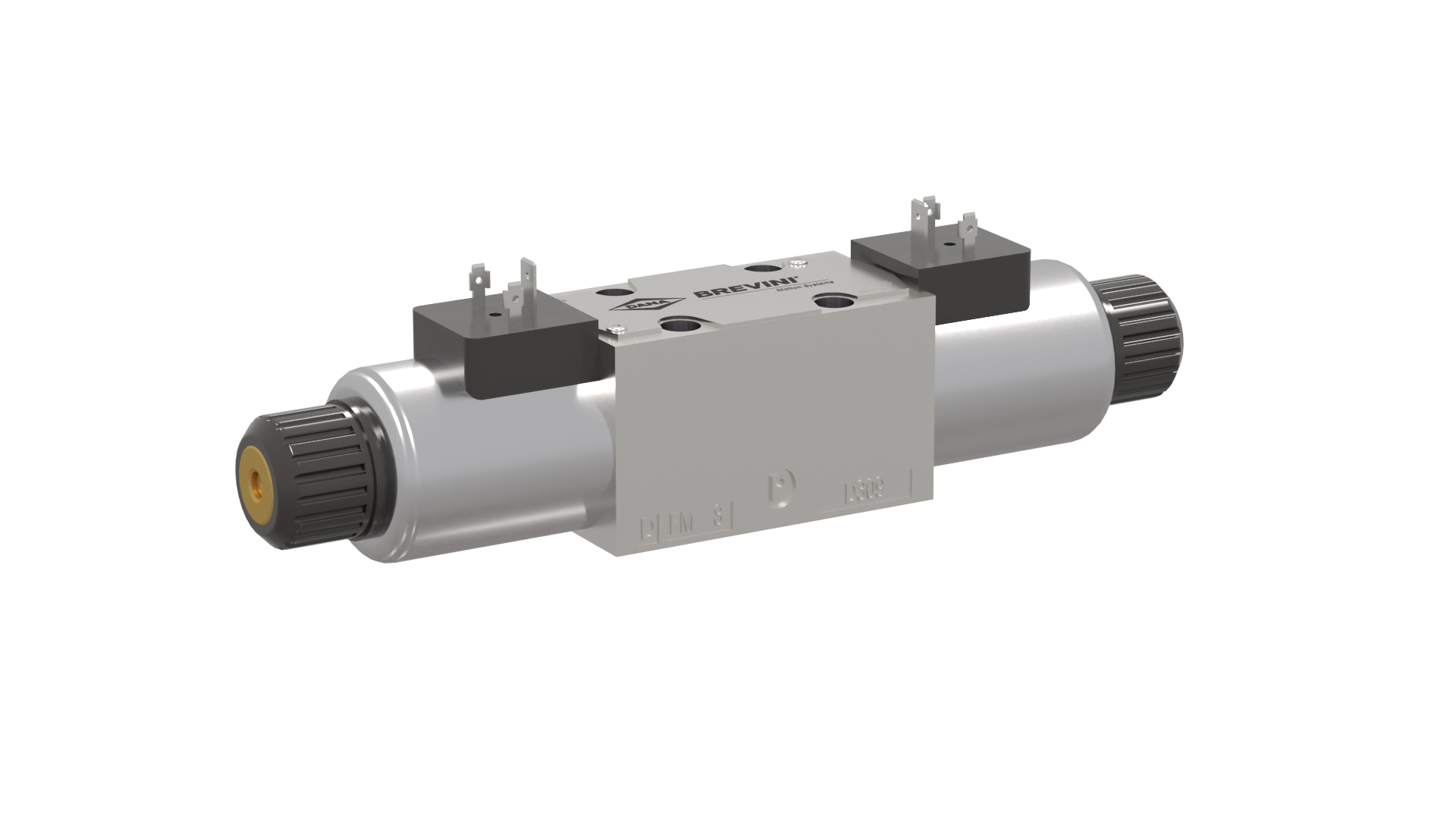Enhancing Functional Effectiveness with Advanced Control Valves
Enhancing Functional Effectiveness with Advanced Control Valves
Blog Article

Maximize Energy Financial Savings and Comfort With Advanced Structure Automation Controls
In the realm of modern design and facility administration, the assimilation of advanced building automation controls stands as an essential innovation. The convergence of technology and sustainability has birthed a new period where power effectiveness, comfort optimization, and operational streamlining are no much longer achievable facts however far-off desires. By taking advantage of the power of automation, structures can adjust, react, and develop in manner ins which were once inconceivable. The capacity for substantial power financial savings and enhanced convenience is not just a guarantee but a possibility waiting to be met. This standard shift in structure administration holds the essential to unlocking a world where environmental conscientiousness and passenger health sympathetically exist together within the wall surfaces of our frameworks.
Energy Efficiency Perks
Energy performance benefits can significantly reduce energy usage and functional prices in structures. By executing energy-efficient techniques and modern technologies, structure proprietors and drivers can accomplish considerable financial savings while additionally contributing to ecological sustainability. One of the main advantages of enhancing power efficiency in buildings is the reduction of utility bills. Energy-efficient systems, such as innovative structure automation controls, can enhance the use of sources like heating, cooling, and illumination, causing lower energy costs over time.
Furthermore, improved energy efficiency can prolong the life expectancy of building equipment and systems. By running a lot more effectively, heating and cooling systems, light, and various other building components experience much less wear and tear, leading to lowered upkeep and replacement costs. In addition, energy-efficient structures usually command higher residential property values and rental rates, supplying lasting financial advantages to owners.
Additionally, energy efficiency can improve owner convenience and performance. Properly regulated interior atmospheres with ideal illumination and thermal conditions produce a more positive and conducive work space, causing enhanced staff member contentment and performance. Overall, the energy efficiency advantages related to innovative structure automation controls are complex, encompassing cost savings, environmental stewardship, and occupant wellness.
Improved Convenience Control
Enhancing convenience control in building environments calls for an innovative combination of advanced automation systems for ideal passenger well-being. By using sophisticated building automation controls, facilities can customize the indoor atmosphere to fulfill the details requirements and preferences of residents. These systems make it possible for accurate guideline of illumination, temperature, and air flow, producing a effective and comfortable environment. Passenger contentment and performance are closely connected to thermal comfort, making it vital to have systems in position that can adapt to changing conditions in real-time.
Improved convenience control surpasses fundamental temperature level changes. It consists of features such as customized settings, tenancy sensing units, and natural light usage to develop a receptive and dynamic setting. By incorporating these sophisticated controls, structures can not only boost convenience but additionally improve power performance by maximizing system operations based on actual tenancy and use patterns. Eventually, prioritizing passenger comfort via sophisticated automation systems leads to a more enjoyable and much healthier interior setting.
Operational Effectiveness Improvements

In addition, the execution of real-time tracking and analytics tools enables building operators to determine power inefficiencies and functional abnormalities immediately. By continuously keeping track of power usage patterns and system performance metrics, adjustments can be made in real-time to optimize energy intake and make certain peak operational effectiveness. control valves. Furthermore, including demand action approaches right into structure automation controls can additionally enhance operational performance by dynamically changing power usage based on grid problems and rates signals
Indoor Climate Optimization
Reliable interior climate optimization is a basic element of building automation controls, ensuring residents' comfort and health while taking full advantage of power cost savings. By making use of sophisticated sensors and controls, constructing automation systems can continuously adjust and keep track of temperature, humidity levels, air high quality, and ventilation to create an optimum interior atmosphere. Preserving comfortable and constant conditions not only improves passenger fulfillment official source yet also improves performance and total health.
Indoor environment optimization likewise plays an important role in energy effectiveness. By fine-tuning home heating, ventilation, and air conditioning systems based on real-time information and occupancy patterns, developing automation controls can dramatically reduce power usage - control valves. As an example, carrying out strategies such as demand-controlled air flow and thermal zoning can aid reduce energy waste while guaranteeing that each location of the building receives the needed conditioning.

Sustainable Atmosphere Creation
Building automation manages not just maximize indoor climate conditions for energy effectiveness and owner convenience yet additionally lay the foundation for developing a lasting atmosphere with critical monitoring of sources and systems. By incorporating sophisticated structure automation modern technologies, such as sensing units, actuators, and smart software, centers can keep track of and readjust energy use in real-time to minimize waste and decrease their carbon impact. These systems enable anticipating maintenance, determining prospective issues before they intensify and enhancing tools efficiency to boost long life and performance.
Furthermore, sustainable atmosphere creation prolongs past energy monitoring to include water preservation, waste decrease, and interior air top quality improvement. Structure automation controls can manage water use, identify leaks, and make certain proper garbage disposal practices, adding to total sustainability efforts. Furthermore, by keeping track of and controlling air flow and official source purification systems, these technologies boost passenger health and wellness and performance while reducing power usage connected with a/c operations.
Verdict
Finally, advanced building automation regulates deal considerable advantages in regards to power cost savings, comfort control, functional effectiveness, indoor environment optimization, and developing a lasting environment. By implementing these controls, buildings can achieve optimum efficiency while decreasing energy consumption and improving owner comfort. It appears that using advanced automation innovation is crucial in boosting structure efficiency and creating a more lasting future.
Power efficiency benefits can substantially decrease power usage and functional prices in buildings. Overall, the energy effectiveness advantages linked with advanced building automation controls are complex, encompassing expense financial savings, environmental stewardship, and resident health.
Furthermore, incorporating need reaction strategies right into structure automation controls can better Discover More improve operational effectiveness by dynamically adjusting power use based on grid problems and rates signals.
Building automation manages not only optimize indoor climate conditions for power effectiveness and resident convenience but additionally lay the structure for producing a sustainable environment via strategic monitoring of sources and systems.In verdict, advanced structure automation manages deal substantial advantages in terms of energy savings, comfort control, functional performance, indoor climate optimization, and creating a lasting environment.
Report this page